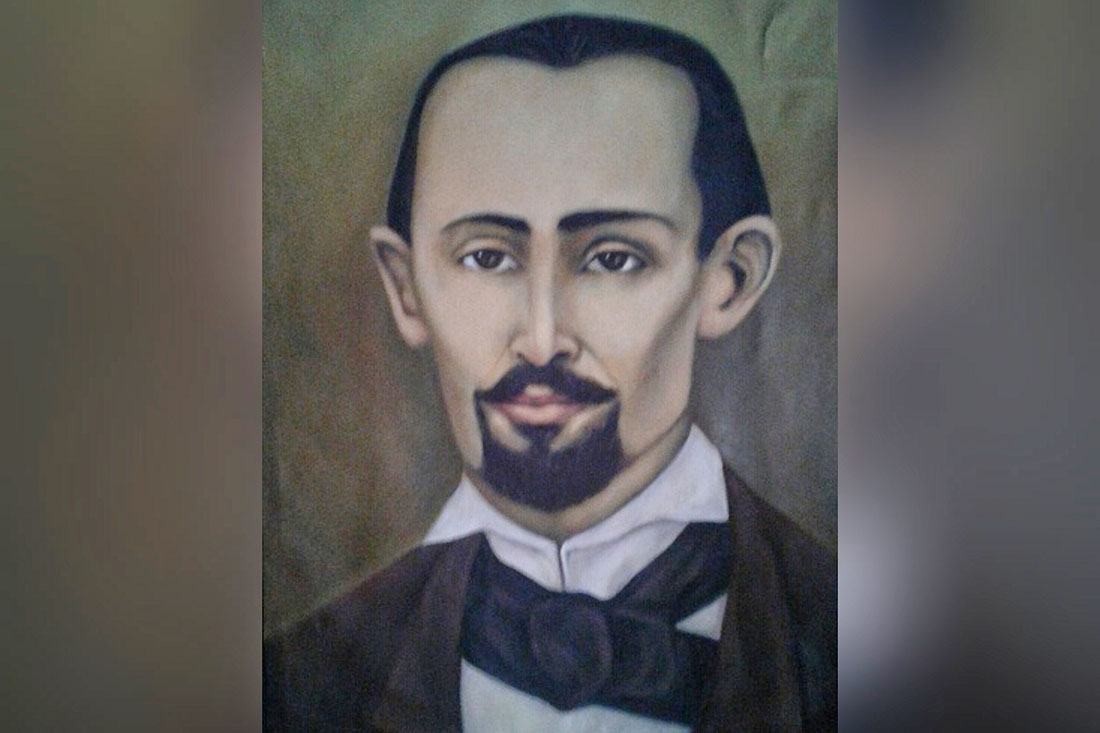The contribution of Juan Cristóbal Napoles Fajardo, “El Cucalambé” to the history of Cuban literature is unquestionable, since he represented in his work an important part of the cultural essence of the island.
Juan Cristóbal Napoles Fajardo, “El Cucalambé”, was born in Las Tunas on July 1st, 1929. Since childhood, he showed signs of having the talent for poetry; which was noticed by his maternal grandfather, José Rafael Fajardo García, who was in charge of introducing him to classic authors. In addition, she encouraged him to acquire a wide knowledge of classical Spanish literature and Cuban poets.
It was in the newspaper El Fanal, where his ten-line stanzas saw the light for the first time. Later he would publish in the Piragua magazine, media of the Siboneist group. He wrote ten-line stanzas, sonnets, letrillas, epigrams, ballads. The topics covered deal with historical references to the conquest and colonization, description of the landscape and rural life, lyricism and humor.
In 1856, he published the book Rumores del Hórmigo, in which, according to Leidys María Labrador Herrera, an exceptional confluence of his verses is observed, which he qualifies today as a classic of Cuban lyrical heritage.
In Santiago de Cuba
He moved to Santiago de Cuba with his wife and three children, two of whom died early, where he continues to write and collaborate in some periodical publications such as El Redactor and the Cuban Weekly; through which he gained access to the high society of Santiago, in addition to his poetic renown.
Now, despite being a victim of plagiarism, and even suffering theft of verses; his work had great popular acceptance in his time.
Siboneism in El Cucalambé
Siboneism was a literary school related to the politics of the moment. Its members used the Indian and its context as symbols and literary images to express the situation of the humblest classes on the island and the lack of freedom. Napoles Fajardo is hers, its greatest exponent, although he published only one article in La Piragua.
The ten-line stanza is the way
His compositions, according to Carlos Tamayo, underwent a process of folklore, given that the author did not sing for the countryman, but with them, as Cintio Vintier rightly stated: “he was the singer of the fields of Cuba, a popular poet of peasant lineage and of proven culture.
That is why, among his contributions, it stands out that he popularized the cultured ten-line stanza, both in its written and oral aspects; With this he achieves that the popular ten-line stanza will strengthen its roots within Cuban culture and become the backbone of our peasant folklore.
His early death, at the age of 32, did not prevent him from becoming the most important grower of ten-line stanza in the Cuban 19th century.
Bibliography
Instituto de Literatura y Lingüística de la Academia de Ciencias de Cuba. Diccionario de la Literatura Cubana. Editorial Letras Cubanas. La Habana, 1980.
Labrador Herrera, Leidys María. El cucalambé en la «cubanización» de la poesía. Periódico Granma del Miércoles 3 de julio 2019.
Translated by: Aileen Álvarez García






